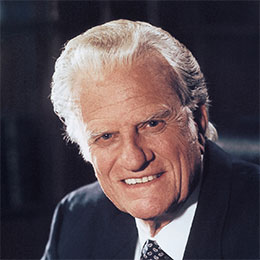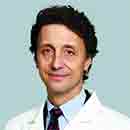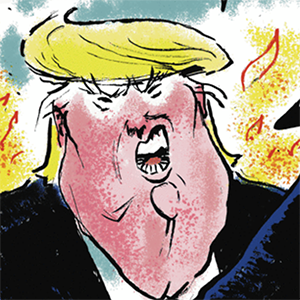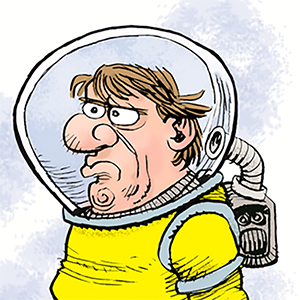How Simulations Enhance Learning in Healthcare Education
Published in Health Articles
Picture: A healthcare worker walking into an emergency, ready to save lives. How? Simulations in healthcare education.
These real-life scenarios let students practice and learn without putting anyone at risk. It’s like a training ground where skills grow, and tough medical ideas become clear.
Simulations make learning fun and effective. Curious how it all works? Keep reading to find out more!
The Value of Simulations in Healthcare Education
Renovations play a key role in boosting property value. Small changes can improve both looks and function. For example, updating kitchens and bathrooms often provides the best return on investment.
Some simple renovation ideas can make a big difference. Fresh neutral paint makes spaces feel modern and welcoming. Upgrading appliances can also help attract buyers by offering energy efficiency.
Enhancing curb appeal is another smart move. A well-kept yard and updated exterior can make a strong first impression. These changes can help increase property value and attract potential buyers.
Benefits of Simulation-Based Learning
Renovating a home can help raise its value. Simple upgrades, like fixing kitchens and bathrooms, are often the most rewarding. Adding energy efficiency can also improve how the house works and lower costs.
One good idea is to paint rooms with neutral colors. This can help the home appeal to more people. It’s a simple and affordable way to make the place feel fresh.
Another way to improve a home is by upgrading appliances. Energy-efficient models can save money and attract buyers. Lastly, fixing up the outside of the home with landscaping or other improvements boosts its first impression.
Types of Simulations Used in Healthcare Education
Various types of simulations are utilized to cater to different learning outcomes. Here are a few key types:
High-Fidelity Simulations
These simulations use advanced manikins and computers to mimic real medical situations. Students can practice skills like heart emergency care or trauma treatment in a lifelike setting. This hands-on learning helps them gain experience in critical procedures.
Low-Fidelity Simulations
These simulations use simple manikins or role-play to teach basic skills. They help students learn things like life support and patient checks. While not as advanced, they are still useful for learning the basics.
Standardized Patients
This method uses actors who pretend to be patients. It helps students practice talking to patients and checking their health. It also teaches empathy and how to care for patients.
Implementing Medication Administration Simulation
Medication administration simulation teaches students how to give medications safely. They practice calculating doses, learning side effects, and talking to patients. This helps reduce mistakes in real-life situations and prepares them for their jobs.
The Future of Healthcare Education: Simulations Lead the Way
As technology rapidly advances, simulations are becoming a game-changer in healthcare education. These immersive experiences are shaping how professionals gain skills and confidence in real-world scenarios. The future of healthcare training depends on integrating simulation-based learning, making it a crucial part of high-quality education.
Now’s the time to embrace these powerful tools and stay ahead. For more insights on this shift in healthcare education, check out our latest blog for a deeper dive.























Comments